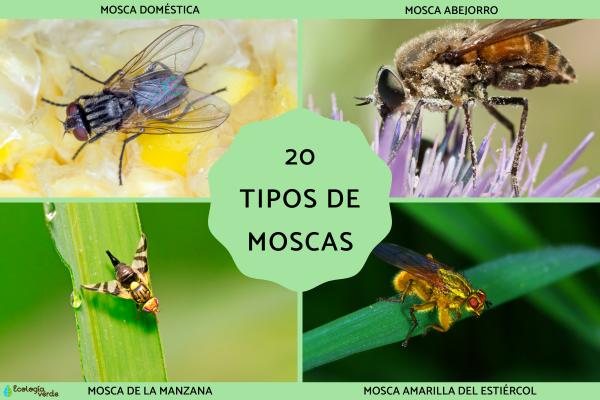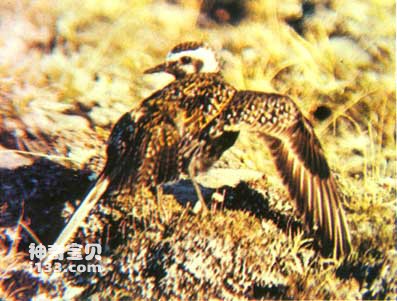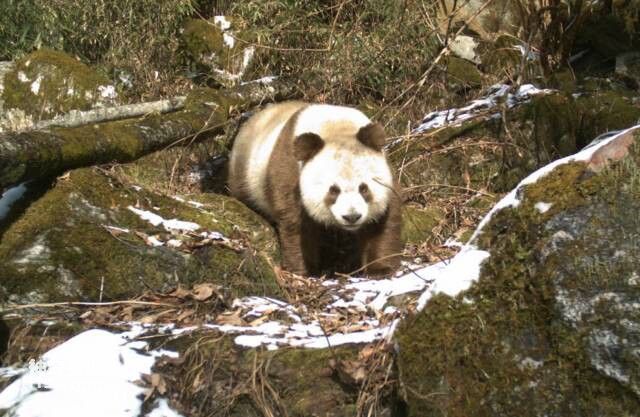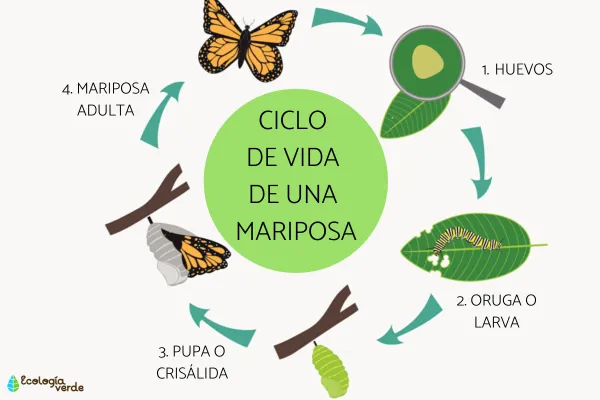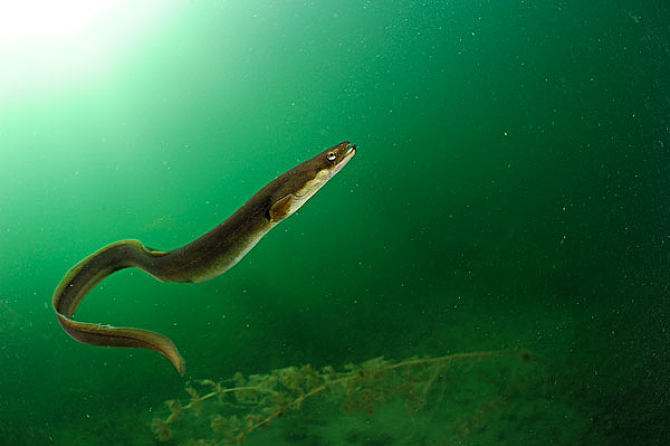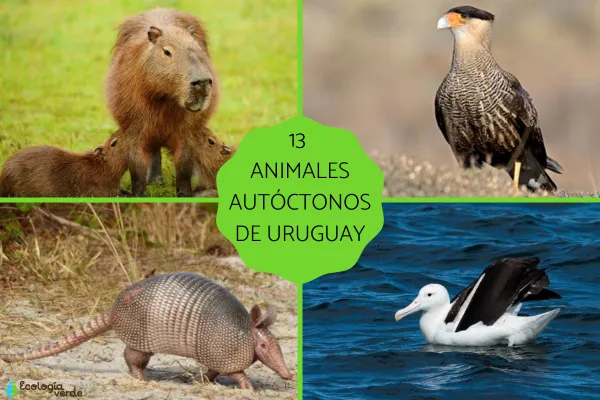Spiders are found all over the world. They usually prey on small insects and are very important predators. However, spiders themselves have many natural enemies, which are Animals' food sources. Knowing which animals eat spiders not only helps us understand the food chain in nature, but also helps us better understand the position of spiders in the ecosystem.
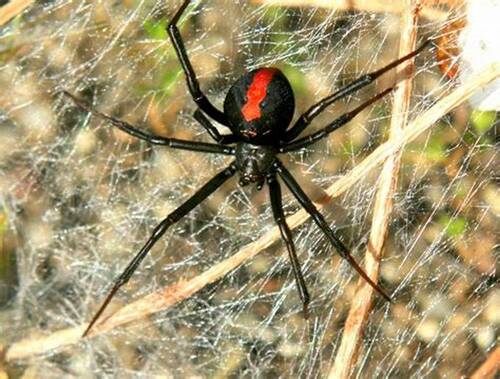
Common animals that eat spiders
Birds
Birds are one of the most common predators of spiders. Many birds, such as sparrows, swallows, and woodpeckers, eat spiders as part of their diet. Birds rely on their keen eyesight and ability to fly. ability to quickly find and catch spiders.
Hummingbirds: Although hummingbirds feed primarily on nectar, they occasionally eat small spiders. for extra protein.
Amphibians
Frogs and toads: Frogs and toads are typical spider predators. They live in moist environments and catch spiders on the ground or weave webs in low places. Spider.
Salamanders: Salamanders will also eat spiders, especially those they come into contact with in their habitat.
Reptiles
Lizard : Many lizards, including geckos and chameleons, prey on spiders. Lizards are excellent hunters, able to move quickly and catch spiders with their tongues or mouths.
Snakes: Although snakes primarily prey on small mammals and birds, some small snakes will also prey on spiders.
Mammals
Mice and other small rodents: In nature, mice occasionally prey on spiders, especially when spiders appear in their foraging paths.
Hedgehogs: Hedgehogs are omnivores, and their diet includes a variety of insects and spiders.
Bats: Some species of bats prey on spiders in flight, especially those that use webs to catch insects.
Other Insects
Wasps: Some species of wasps, especially mud wasps and tarantula wasps, specialize in hunting spiders. They often sting spiders and carry them back to their nests to be eaten by their larvae. Mud wasps can even paralyze spiders, making them a live food source for their larvae.
Ants: Some ant species will prey on spiders, especially if they come across one on the ground that is injured or spinning a web.
Other spiders
Spider predation: Some spiders prey on other spiders, especially carnivorous species such as jumping spiders and wolf spiders. Spider predation sometimes includes catching other spiders that are smaller than themselves.
How do various animals prey on spiders?
Bird predation: Birds usually catch spiders by finding spider webs in trees or bushes and then quickly pecking them down. Some birds will even take spiders directly from the webs.
Insect predation: Wasps often paralyze spiders with venom before carrying them back to their nests, while ants work together to capture and decompose spiders for food.
Mammal predation: Mammals like mice and bats hunt at night when spiders are active, using their keen senses to quickly locate and capture spiders.
Spider defense mechanisms
Although spiders have many natural enemies, they have also developed a variety of defense mechanisms. Here are some common spider defenses:
Camouflage and stealth: Many spiders rely on their appearance to resemble their surroundings to avoid being discovered by predators. For example, mantis spiders and flower spiders often hide themselves by being colored similarly to the flowers or leaves they inhabit.
Venom: The venom of spidersThe liquid is not only used for hunting, but also for self-defense when attacked. Some predators may be stung by spiders and give up the attack.
Quick escape: Spiders have the ability to move quickly. When they feel threatened, they will quickly escape to a safe area to avoid being captured.
Advantages of weaving webs: Spiders' webs are not only hunting tools, but also their defense system. When certain predators approach, spiders can feel the vibrations of the web and quickly escape or hide.
Conclusion
Although spiders are efficient predators, they also face many natural enemies in nature. Birds, amphibians, reptiles, mammals and even other insects feed on spiders. These predators capture and consume spiders in different ways, making spiders an important part of the food chain in ecosystems. Understanding these predator-prey relationships helps us better understand the complex ecological balance in nature.


